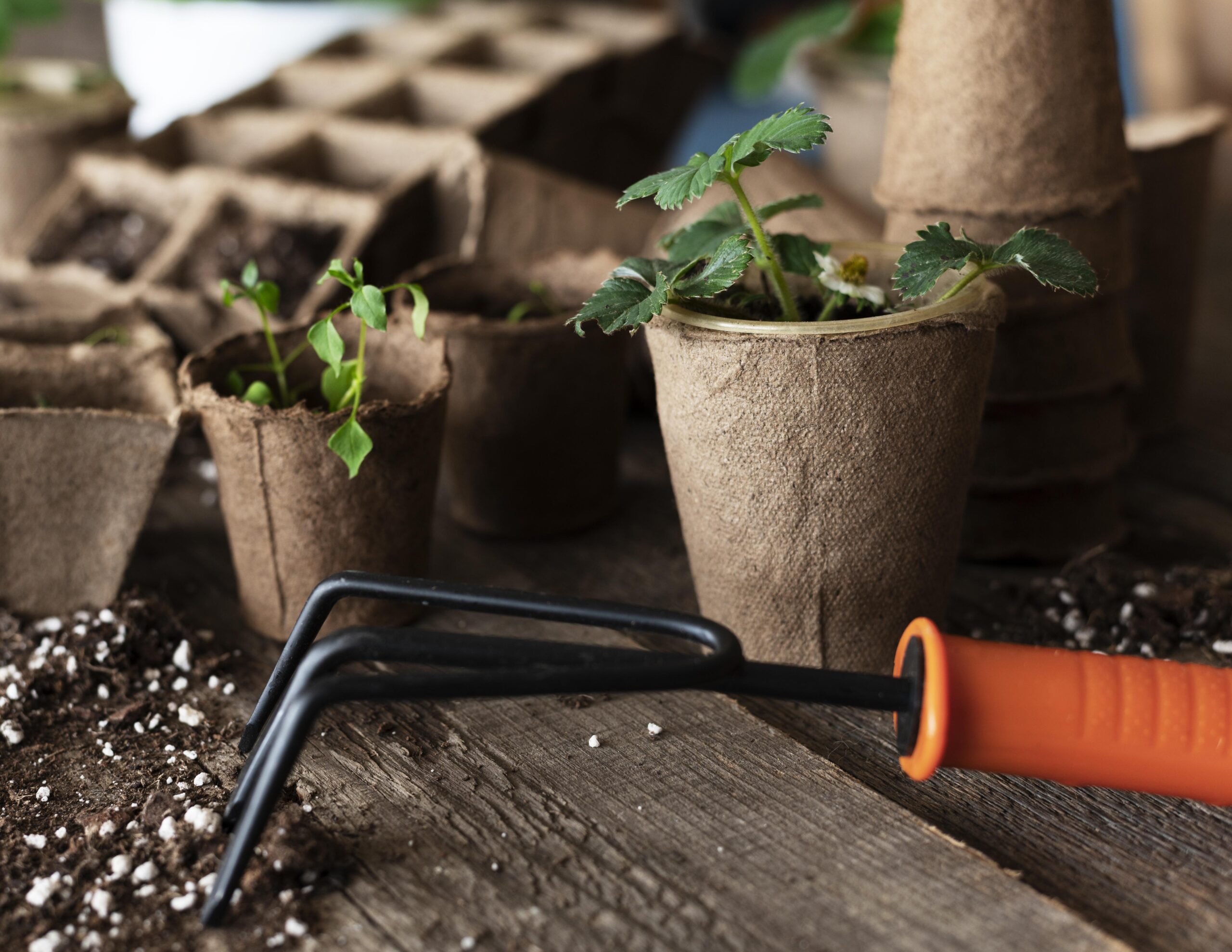
Starting a new vegetable garden can be fun and exciting. It’s possible to have fresh, crisp vegetables dug right from your garden. If you do the right things and plant them properly- You must start a vegetable garden with a solid foundation. Once the foundation is established, the rest of the garden can be built upon it. Here are a few tips for starting your vegetable garden with a solid foundation that will enable you to grow a prosperous and abundant organic vegetable garden.
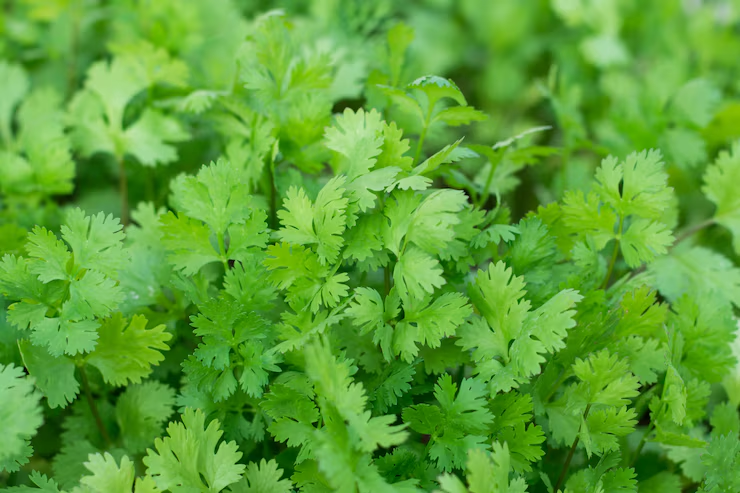
Coriander is one of the fastest-growing vegetables and can be harvested multiple times.
How to Grow Coriander:
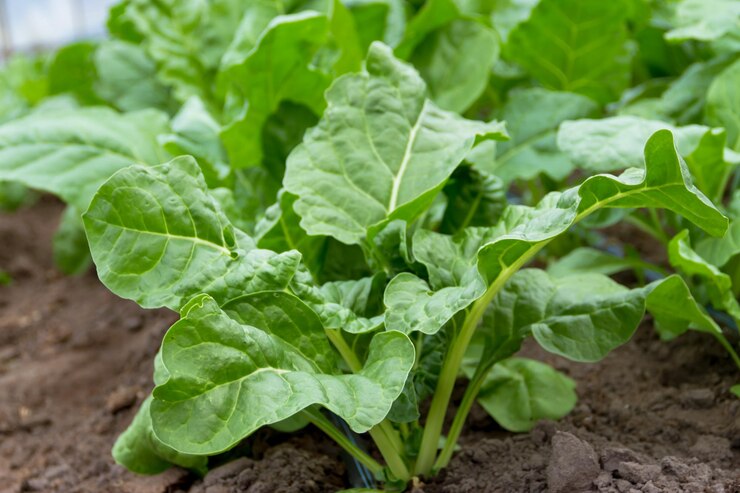
Spinach is a leafy green that grows well in limited sunlight and small containers.
How to Grow Spinach:
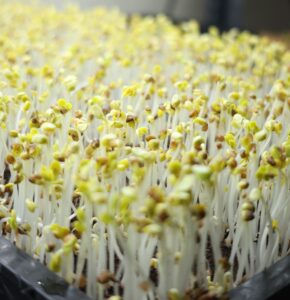
Microgreens are young, edible seedlings of vegetables and herbs that are harvested at typically 1-3 inches tall. The reason why you should grow microgreen are:
1. They grow fasts
2. Highly nutritious
3. You can cycle grow them
They also require minimal space and time.
Tiny plants of veggies like red cabbage & radishes contain up to 40 times higher nutritional levels than their mature counterparts.
How to grow Microgreens:
Bonus tip: The easiest microgreens to grow are broccoli, cabbage, radish, pea shoots & carrot
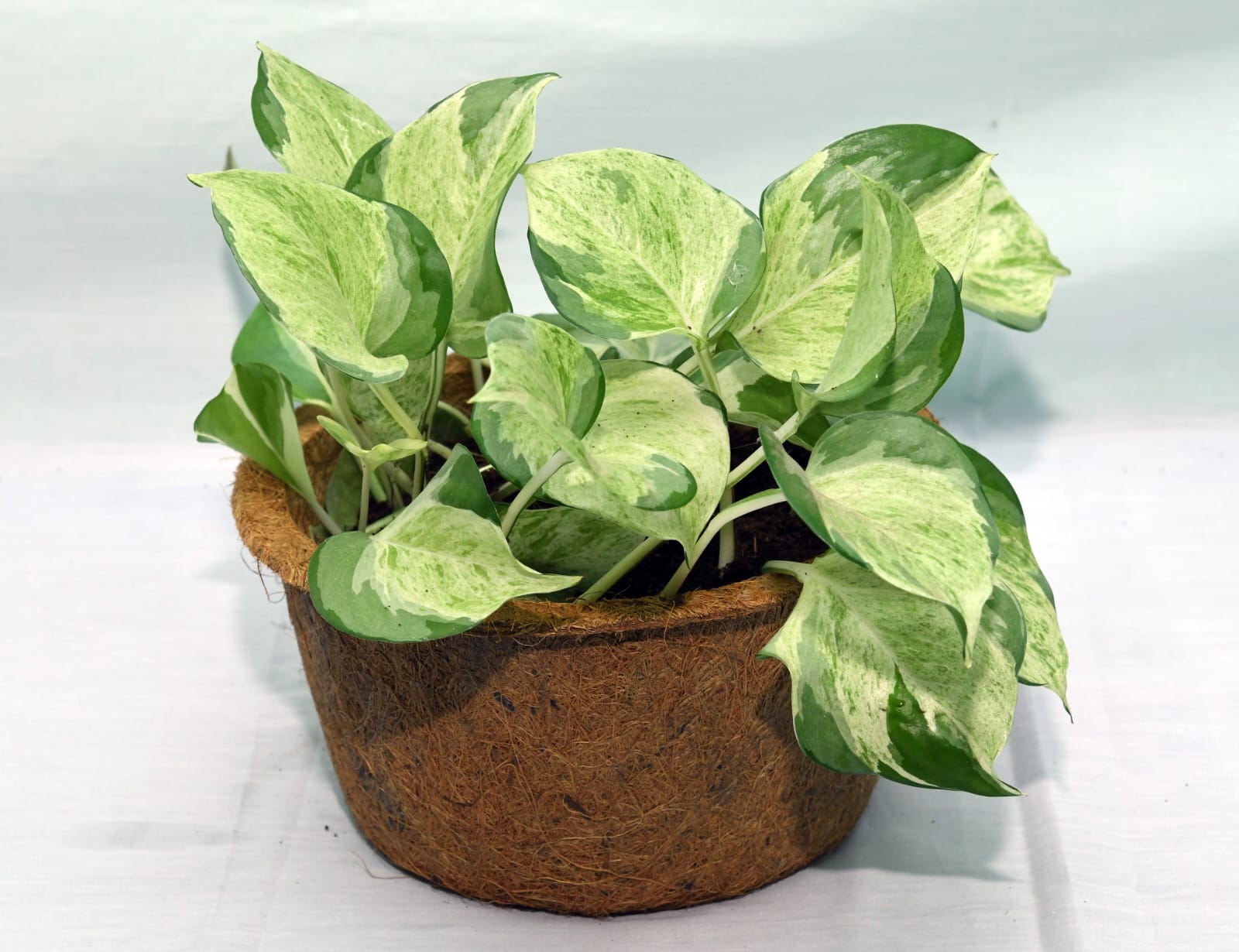
Related: 5 Best Indoor Garden Decor Ideas
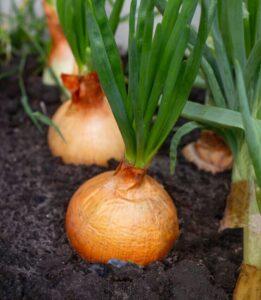
Green onions are easy to grow and can be continuously harvested.
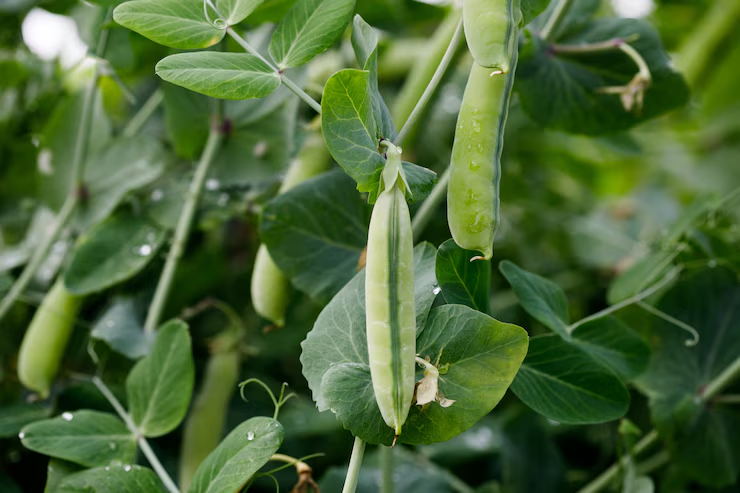
Peas can be grown indoors and thrive in cooler temperatures.
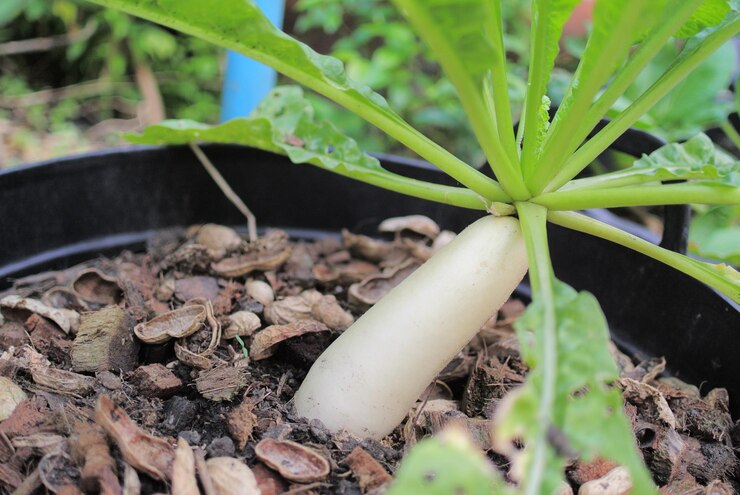
Radish is one of the fastest-growing vegetables, ready in just 28–30 days.
Moreover, You can also grow other Root vegetables like: Carrots, beets, turnips which need similar growing requirements as radish. They’re grown best in deep, loose soil that retains moisture and is well drained.
Roots do not grow well in acid soil, meaning if the ph value of soil is below 7 it’s considered as acidic. Read more about PH value here. Do not use fresh manure (animal faeces) for root crops because it carries high salt content and can disturb the PH level in your soil.
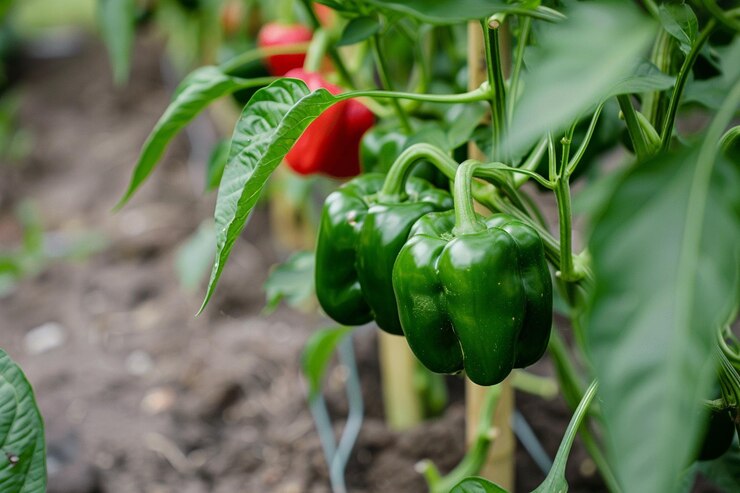
Capsicum, or bell pepper, is beginner-friendly and grows well in a sunny spot with adequate watering.
Bonus Tip: Keep peppers on the plant longer for a sweeter taste and higher vitamin C content.
Conclusion:
Growing vegetables Indoors is rewarding and reduces grocery costs if done correctly. Choose the right soil, provide adequate sunlight, and water consistently. Use natural fertilizers and pest control methods to avoid harmful chemicals. Avoid overwatering, planting in poor soil, or placing vegetables in unsuitable locations. With proper care and planning, home gardening can be both enjoyable and beneficial, offering nutritious food while connecting you with nature.
Frequently asked questions:
1. Which vegetable is the easiest to grow for beginners?
A. Microgreens are the easiest to grow as they require minimal space, grow quickly, and can be harvested in just 6–21 days.
2. How much sunlight do homegrown vegetables need?
A. Most vegetables need at least 5–7 hours of sunlight daily, but leafy greens like

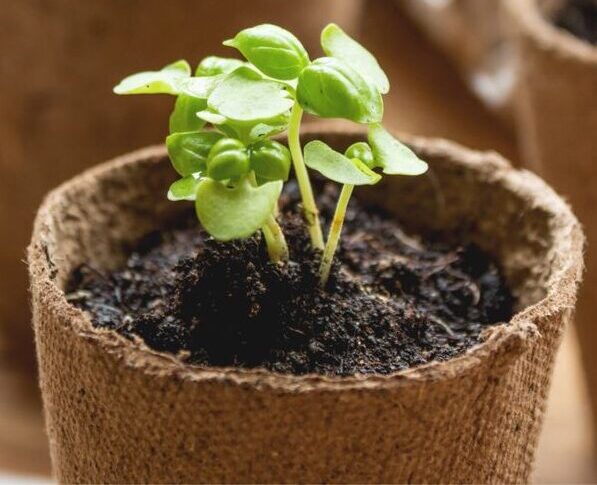
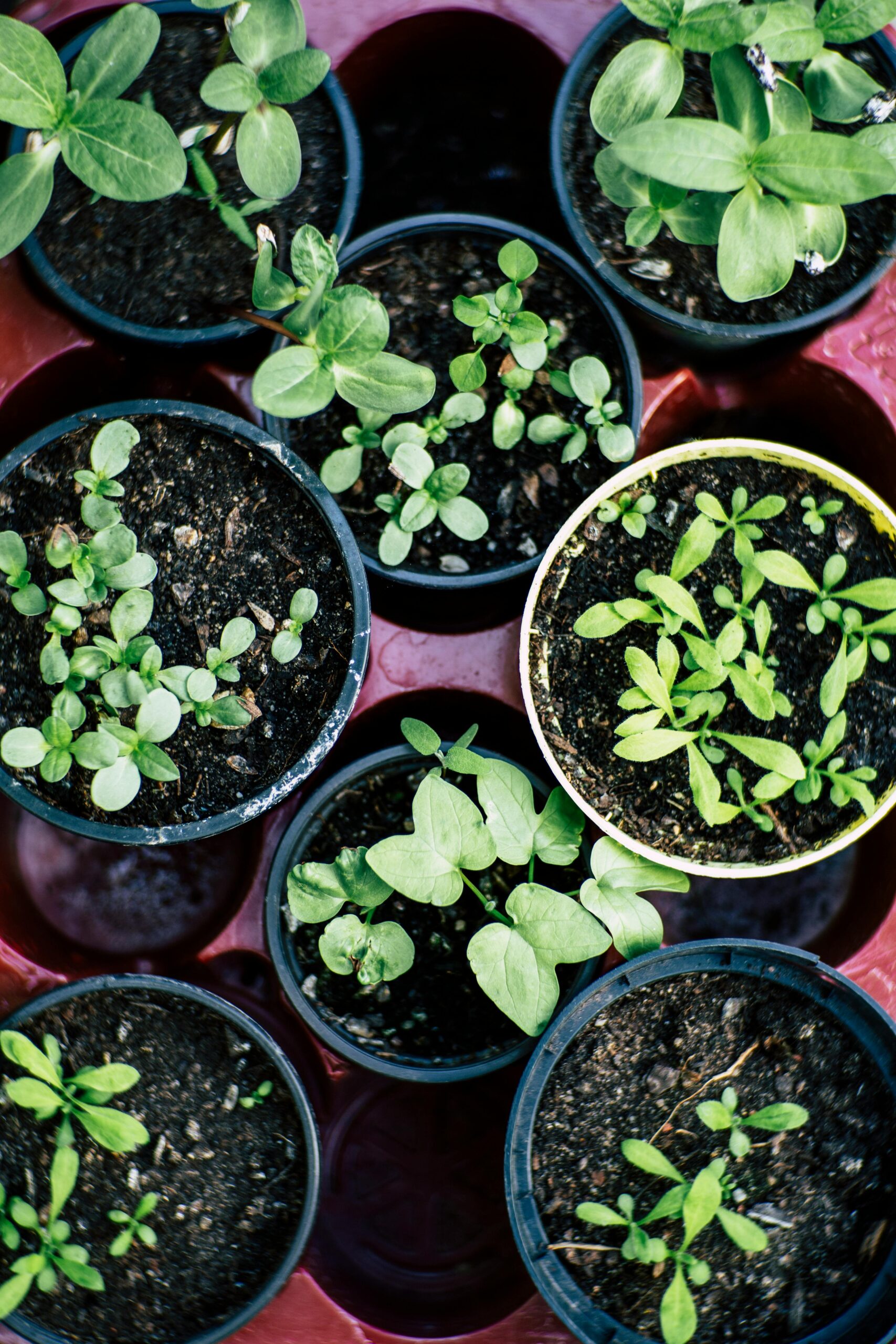
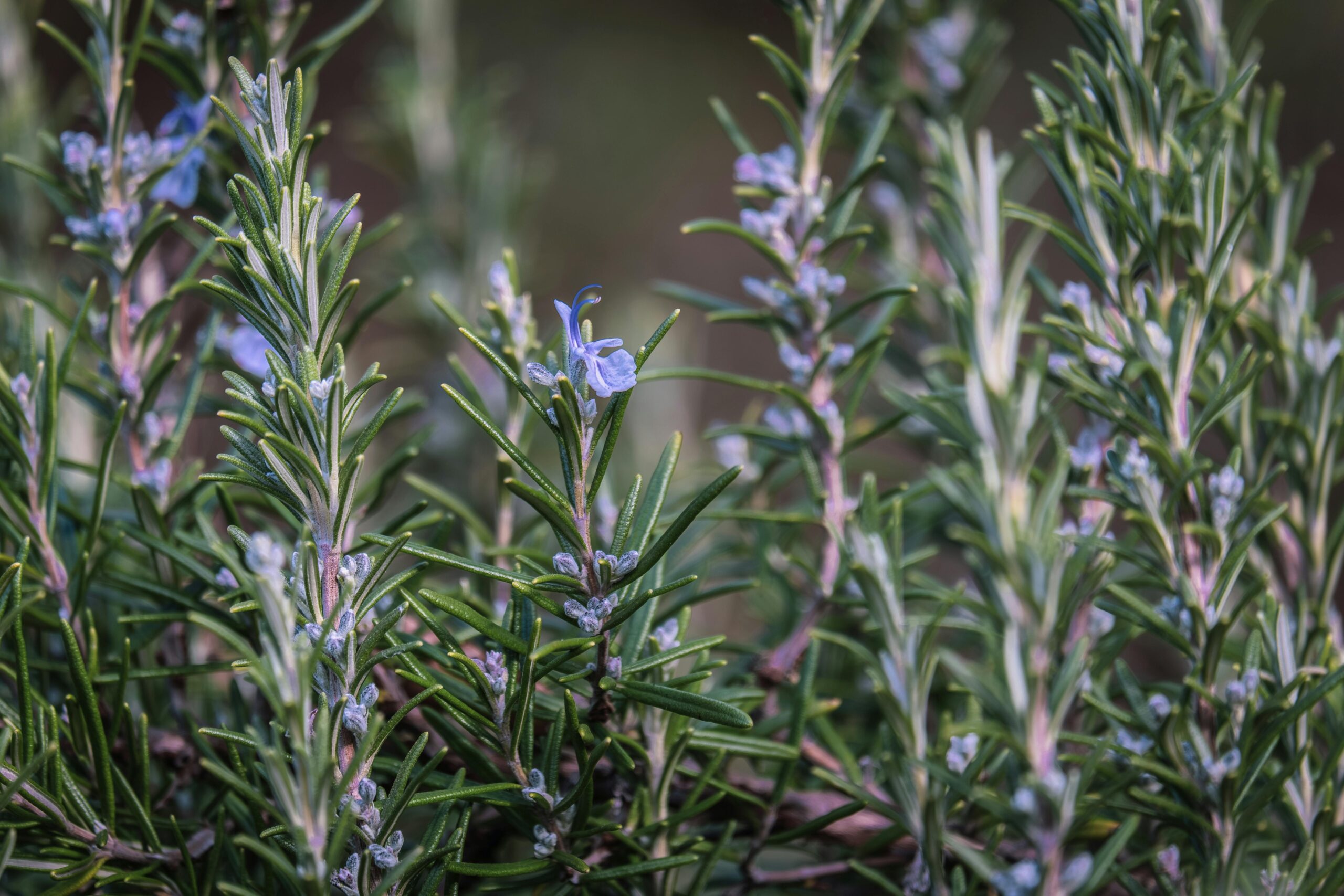
+91-7019960850
sanjeevinigarden@gmail.com
Sanjeevini Garden Products, KAN-4-36/2, Coastal Farms (formerly chicken) road, Padil-Kannuru, Mangaluru 575007
Copyright © All Right Reserved